Discover 11 hidden attractions, cool sights, and unusual things to do in Malvern (United Kingdom). Don't miss out on these must-see attractions: Worcestershire Beacon, Great Malvern Priory, and Malvern Museum. Also, be sure to include Malvern Hills in your itinerary.
Below, you can find the list of the most amazing places you should visit in Malvern (England).
Table of Contents
Worcestershire Beacon
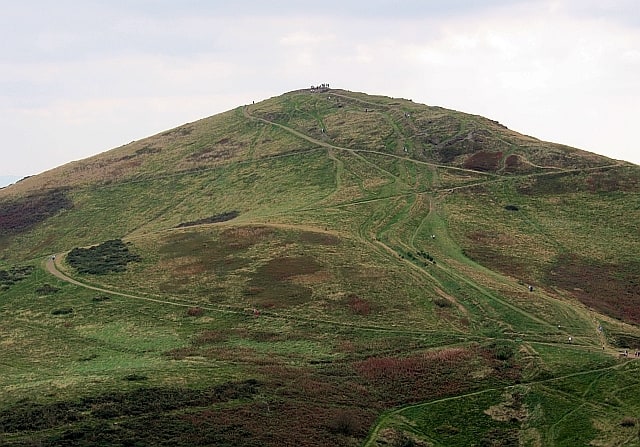
Hill in England. Worcestershire Beacon, also popularly known as Worcester Beacon, or locally simply as The Beacon, is a hill whose summit at 425 metres is the highest point in Worcestershire. It is part of the Malvern Hills which run about 13 kilometres north-south along the Herefordshire-Worcestershire border.
The hills are managed by the Malvern Hills Conservators under five Acts of Parliament of 1884, 1909, 1924, 1930, and 1995 whose aim is to preserve the nature and environment landscape of the area and to protect it from encroachments. The Beacon is highly popular with walkers with its easily reached dense network of footpaths crisscrossing it and the area has been designated by the Countryside Agency as an Area of Outstanding Natural Beauty.[1]
Great Malvern Priory
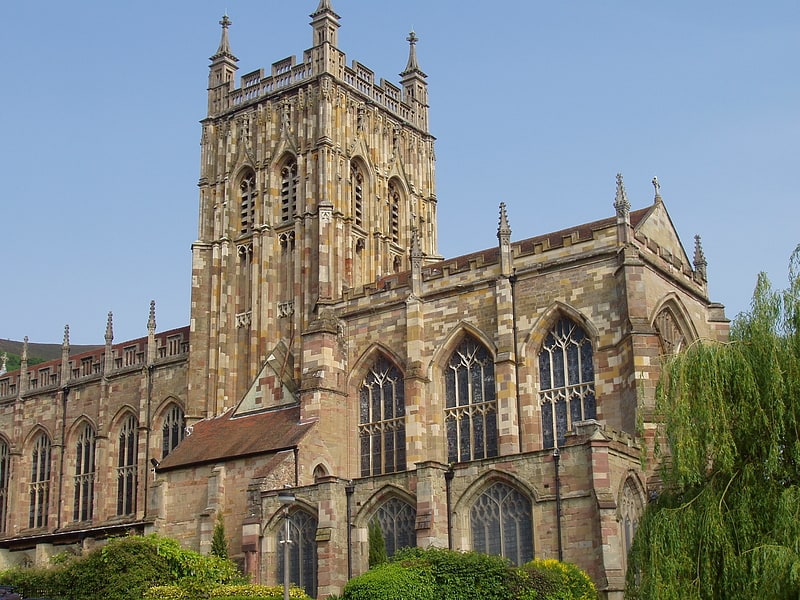
Parish church in Great Malvern, England. Great Malvern Priory in Malvern, Worcestershire, England, was a Benedictine monastery and is now an Anglican parish church. In 1949 it was designated a Grade I listed building. It is a dominant building in the Great Malvern Conservation area. It has the largest display of 15th-century stained glass in England, as well as carved miserichords from the 15th and 16th century and the largest collection of medieval floor and wall tiles. In 1860 major restoration work was carried out by Sir George Gilbert Scott. It is also the venue for concerts and civic services.[2]
Address: Church St, WR14 2AY Malvern
Malvern Museum
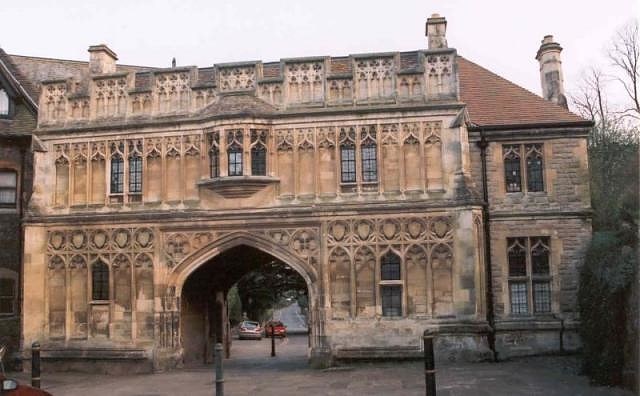
Museum in Great Malvern, England. The Malvern Museum in Great Malvern, the town centre of Malvern, Worcestershire, England, is located in the Priory Gatehouse, the former gateway to the Great Malvern Priory. The museum was established in 1979 and is owned and managed by the Malvern Museum Society Ltd, a registered charity. The Priory Gatehouse was a gift to the museum in 1980 from the de Vere Group, the owners of the neighbouring Abbey Hotel, and is staffed by volunteers. As such, the building itself is the museum's major exhibit.
Among the museum's exhibits are many local artefacts and archaeological findings dating from the Iron Age hill fort at the British Camp, to recent history. A series of rooms depicts different periods of history and include lifelike displays and information boards. Themes covered include natural history, Malvern Priory, Malvern Forest and Chase, life in Victorian Malvern, Edward Elgar, the Malvern Festival, the history of the local economy including the 19th century hydrotherapy using Malvern water (instrumental in the settlement's rapid growth from a village to a large town), the development of radar by TRE, and Morgan Motor Company cars.
The museum is open daily, 10.30 to 17.00, from 25 March to 31 October.[3]
Address: Abbey Road, Malvern
Malvern Hills
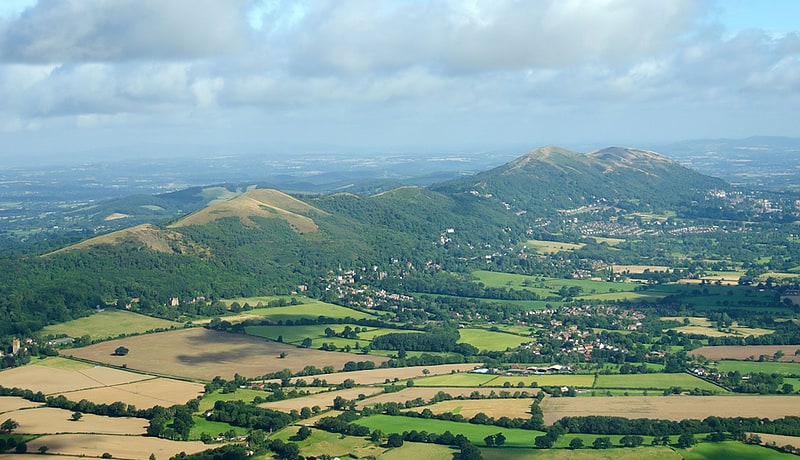
Walking trails with sweeping views. The Malvern Hills are in the English counties of Worcestershire, Herefordshire and a small area of northern Gloucestershire, dominating the surrounding countryside and the towns and villages of the district of Malvern. The highest summit affords a panorama of the Severn Valley, the hills of Herefordshire and the Welsh mountains, parts of thirteen counties, the Bristol Channel, and the cathedrals of Worcester, Gloucester and Hereford.
They are known for their spring water – initially from holy wells, and later the spa town of Great Malvern, which led to the production of the modern bottled drinking water.
The Malvern Hills have been designated as a biological and geological Site of Special Scientific Interest, and by Natural England as National Character Area 103 and an Area of Outstanding Natural Beauty.
Management of the area is the responsibility of the Malvern Hills Trust.[4]
Sugarloaf Hill
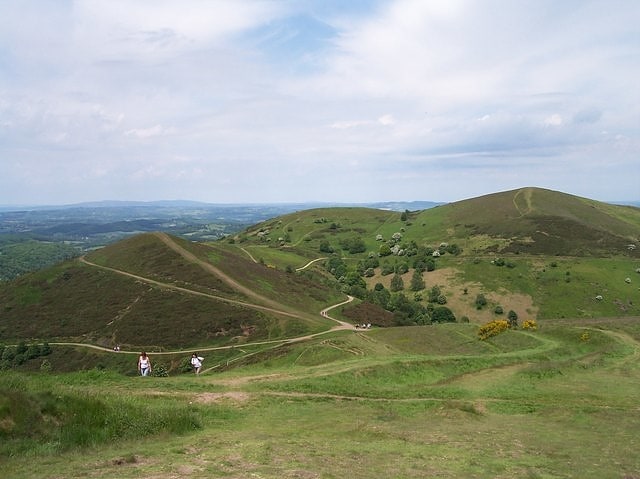
Hill in England. Sugarloaf Hill lies between the Worcestershire Beacon and North Hill in the range of Malvern Hills that runs about 13 kilometres north-south along the Herefordshire-Worcestershire border.
The summit of Sugarloaf Hill is 368 metres (1,207 ft) above sea level and is a popular peak usually passed by walkers hiking between the Worcestershire Beacon and North Hill—respectively the highest and second highest Malvern Hills summits.[5]
End Hill
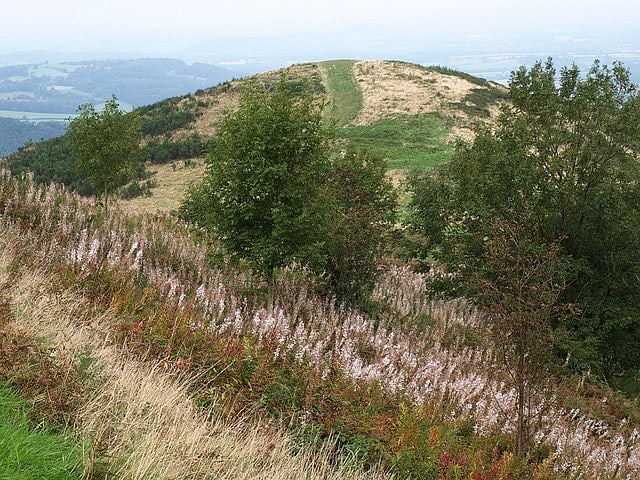
Hill in England. End Hill is the northernmost top of the Malvern Hills that runs approximately 13 kilometres north-south along the Herefordshire-Worcestershire border. It lies north of Table Hill and north-northwest of North Hill. It has an elevation of 329 metres.[6]
Malvern Theatres
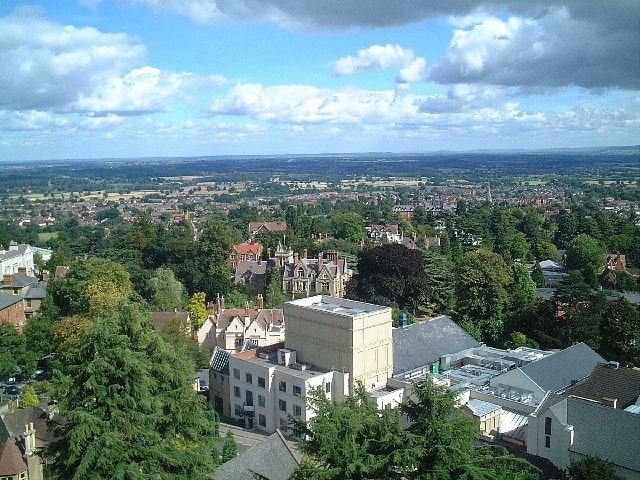
Theatre in Great Malvern, England. The Festival Theatre, now known as Malvern Theatres, is a theatre complex on Grange Road in Malvern, Worcestershire, England. Malvern Theatres, housed in the Winter Gardens complex in the town centre of Great Malvern, has been a provincial centre for the arts since 1885. The theatre became known for its George Bernard Shaw productions in the 1930s and from 1977 onwards, along with the works of Edward Elgar. Up until 1965, 19 different plays of Shaw were produced at the Malvern Festival Theatre, and six premiered here, including The Apple Cart at the opening Malvern Festival in 1929, Geneva, a Fancied Page of History in Three Acts in August 1938 and In Good King Charles's Golden Days in August 1939.
Over its history the theatre and festival has closed several times, including during World War II, in the early 1960s, in the early 1970s, and in the late 1990s when a new complex was built with an 850-seat Festival Theatre, a Forum Theatre, a 400-seat cinema, and a bar and restaurant.[7]
Address: Grange Rd., WR14 3HB Great Malvern
North Hill
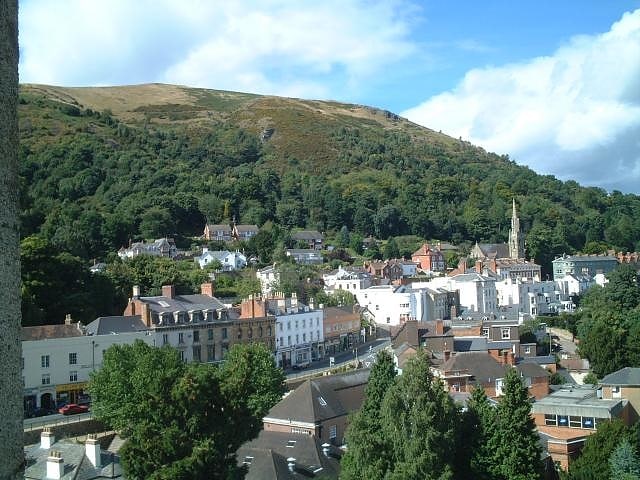
Hill in England. North Hill is the second highest point of the range of Malvern Hills that runs about 13 kilometres north-south along the Herefordshire-Worcestershire border, although North Hill lies entirely within Worcestershire. It has an elevation of 397 metres, making it the highest point of the Worcestershire Way.
The eastern flank of the hill lies directly behind Worcester road in Great Malvern from where its summit is a brisk 15 – 20 minutes steep walk from the town centre via St Ann's road and Happy Valley. A path from the car park in North Malvern follows the lower contour of North Hill to Happy Valley and St. Ann's Well.[8]
Address: Malven Hills, Malvern
The Theatre of Small Convenience

Theatre in Great Malvern, England. The Theatre of Small Convenience was a theatre in Malvern, Worcestershire, England. In 2002 it entered the Guinness Book of World Records as the world's smallest commercial theatre, seating up to 12 people. It is less than half the size of the previous record holder, the Piccolo Theatre in Hamburg, Germany. The theatre looked like it might close on 25 February 2017 when Dennis Neale retired from the theatre. Warwickshire College Group is currently the tenant of the theatre building and a future programme of events is currently under consideration. The theatre is featured in a recent publication entitled Twenty Theatres You Should See Before You Die by Amber Massie-Blomfield.
The theatre was located in Edith Walk, Great Malvern. Local puppeteer Dennis Neale started work on the theatre in 1997, opening for the first show in November 1999. The theatre's name comes from the building's original purpose – it was converted from a derelict Victorian gentlemen's public convenience. It is trapezoidal in shape, 16 feet (4.9 m) long and from 6 feet (1.8 m) to 10 feet (3.0 m) wide.
The theatre used to regularly host puppetry, professional and amateur actors, drama, poetry, storytelling and opera, and became a regular venue of the Malvern Fringe Festival. In 2005 the theatre was chosen as one of the venues for an international puppetry festival.[9]
Address: Malvern, Edith Walk
Table Hill
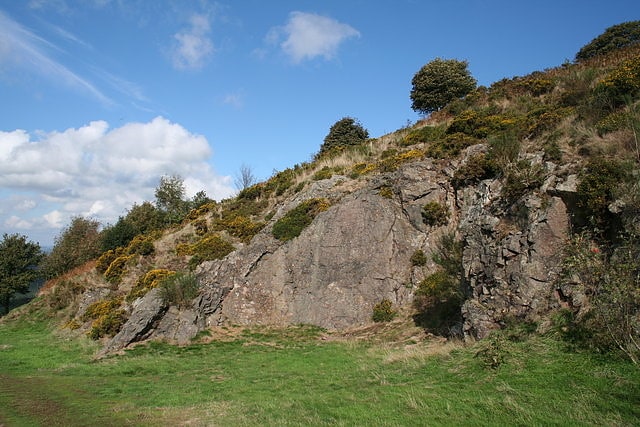
Hill in England. Table Hill is situated in the range of Malvern Hills that runs about 13 kilometres north-south along the Herefordshire-Worcestershire border. It lies between North Hill and Sugarloaf Hill and has an elevation of 373 metres.[10]
Little Malvern Priory
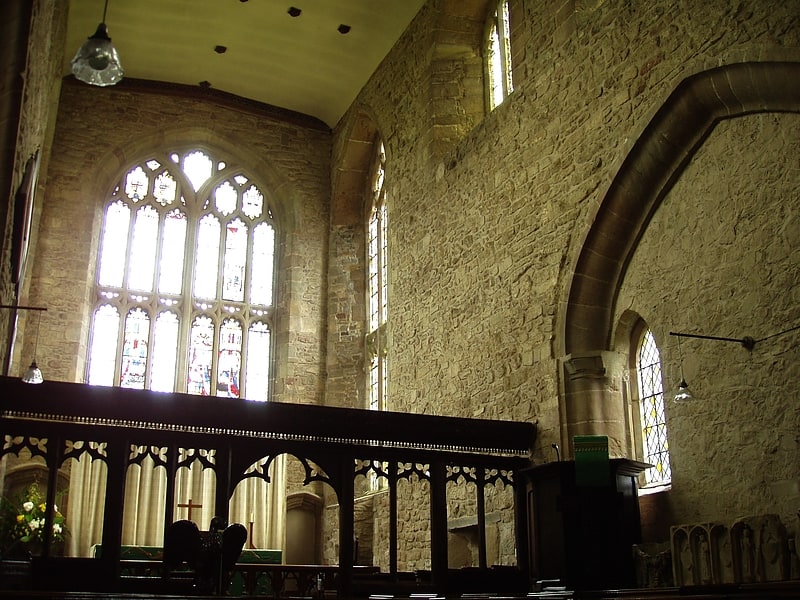
Monastery in Little Malvern, England. Little Malvern Priory, in the village of Little Malvern near Malvern, Worcestershire, was a Benedictine monastery c. 1171–1537. It was founded from Worcester Cathedral. Little remains of the 12th-century church, which was rebuilt in 1480–1482. The site is now occupied by house named Little Malvern Court, which has limited public opening. The present building comprises a medieval chancel and crossing tower, and a modern west porch on the site of the east bays of the nave. The transepts and the two chapels flanking the choir are in ruins. The grade I listed Little Malvern Priory church, dedicated to St Giles, is adjacent.
See Abbeys and priories in England for a complete list of English abbeys and priories. National Grid reference: SO770404.[11]
Address: 45 Wykewayne, WR14 2XD Malvern